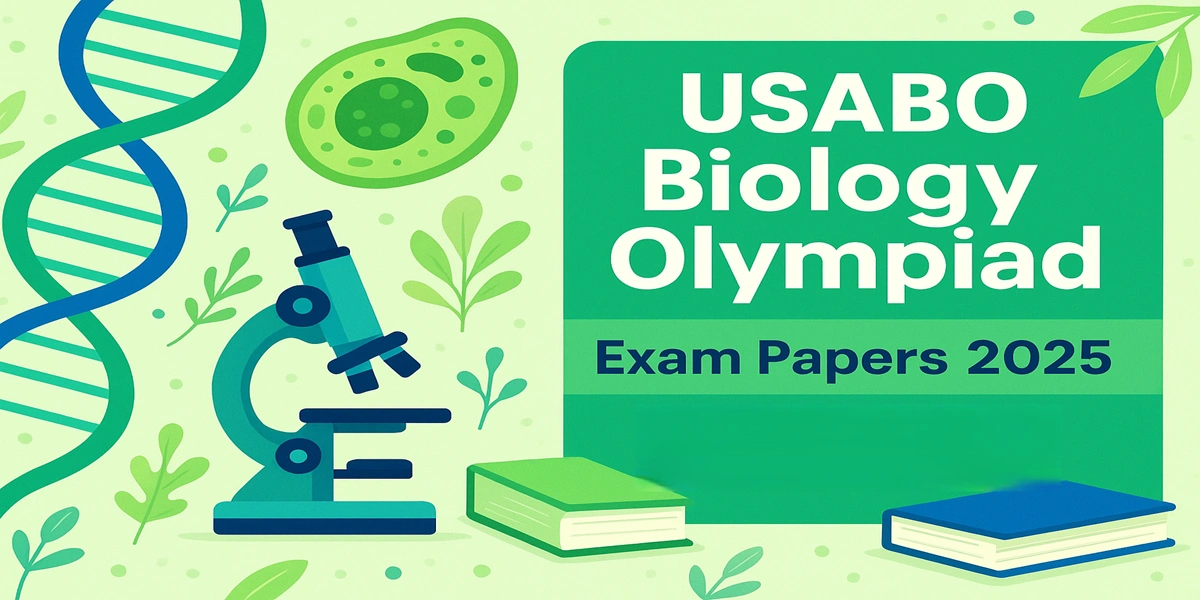Medicinal and Pharmaceutical Chemistry is a chemistry-based scientific discipline, with an interaction of chemistry and pharmacology. Medicinal Chemistry also involves the aspects of biological, medical and pharmaceutical sciences. It is concerned with the invention, discovery, design, identification and preparation of biologically active compounds, the study of their metabolism, the interpretation of their mode of action at the molecular level and the construction of structure-activity relationships.
The process of drug discovery involves the identification of candidates, synthesis, characterization, screening and assays for therapeutic activity. Once a compound has shown its value in these tests, it will begin the process of drug development prior to clinical trials. Pharmaceutical chemistry is focused on quality aspects of medicines and aims to assure fitness for the purpose of medicinal products. The science of medicinal chemistry involves the design and synthesis of novel drugs based on an understanding of how drugs work in the body at the molecular level.
Medicinal Chemistry is a multifaceted discipline that encompasses synthetic organic chemistry, natural products chemistry, enzymology, chemical biology, structural biology and computational methods, all of which is aimed at the discovery and development of new therapeutic agents. It is a multidisciplinary subject involving Organic chemistry, Biochemistry, Physiology, Microbiology, Pharmacology, Toxicology, Genetics and Computer modeling. It explains the design and production of compounds, which can be used for prevention and treatment of human or animal diseases. It also includes the study of existing drugs, their biological properties and Quantitative Structure Activity Relationship (QSAR).
In 1948 the term ‘Division of Pharmaceutical Chemistry’ founded by the American Chemical Society was renamed as ‘Division of Medicinal Chemistry.’ A new discipline was born, but it took quite a time before it was accepted as such. Medicinal chemistry meanwhile found a place within the pharmaceutical industry and at universities. In 1970 a Section Medicinal Chemistry was started by the Organic Chemistry Division of the IUPAC, followed by the founding of the European Federation of Medicinal Chemistry in 1972.
These developments in the framework and the organizational structures have not helped to arrive an internationally accepted definition for this branch of science and also difficulty in deciding the name of the field: Medicinal chemistry (English), Chimie therapeutique (French), Wikstofforschung (German), Chimia Farmaceutica (Italian), and Farmacochemie (Dutch). The use of the term ‘Pharmaceutical Chemistry’ when medicinal chemistry is meant is especially confusing as Pharmaceutical Chemistry is the established term for chemistry related to finished medicinal products.
“Medicinal Chemistry concerns the discovery, the development, the identification and the interpretation of the mode of action of biologically active compounds at the molecular level. Emphasis is put on drugs, but the interest of the medicinal chemist is not restricted to drugs but include bioactive compounds in general. Medicinal chemistry is also concerned with the study, identification and synthesis of the metabolic products of these drugs and related compounds”
Medicinal chemistry includes:
- The process of drug discovery: The process of drug discovery includes the identification and production of new active compounds. The use of plants, minerals, and animal parts as medicines has been recorded since the most ancient civilizations. With the evolution of the knowledge, the means for drug discovery also evolved. New molecules with potential pharmaceutical interest, “hits” are obtained from either natural products or synthetic compounds generated by computational chemistry, like screening of chemical libraries, combinatorial chemistry, pharmaceutical biotechnology etc.
- Optimization process: The “hit” compound is improved for its pharmacologic, pharmacodynamic and pharmacokinetic properties by chemical or functional group modifications, transforming it into a more effective, selective and less toxic lead compound. The pharmacokinetic phase is usually identified with the ADME (absorption, distribution, metabolism, elimination), while the safety of a drug is a matter of toxicology: both are crucial for a bioactive molecule to be used as a drug.
- Development process: Optimization of synthetic lead compound molecule for mass production and modification of its pharmacokinetic properties so that it is safe to use in human clinical trials.
- Evaluation of the properties of existing drugs is also part of medicinal chemistry.
Modern drug research and development (R&D) has experienced remarkable changes as technological and scientific developments in the past years have dramatically changed the pharmaceutical innovation process. Well-established strategies, such as high-throughput screening (HTS), have progressively been applied in association with novel techniques founded on genomics, molecular and structural biology and molecular modeling. More efficient organic synthesis methods, chemical biology approaches and bio- and chemo informatics strategies have intensely changed the process by which an initial hit is converted into a marketable drug. In fact, this endeavor has become more challenging and more complex. In part, this can be attributed to the expansion of the field towards novel therapeutic areas that are at the limits of the science and technology available today.
| Read More Topics |
| Classification of heterocyclic compounds |
| Factors affecting conformational stability |
| Nomenclature of geometrical isomers |






